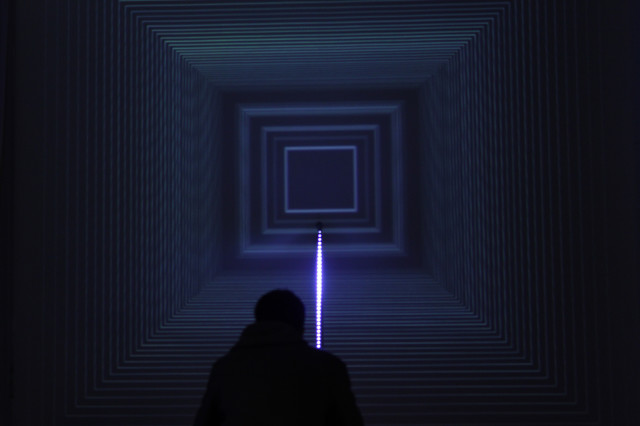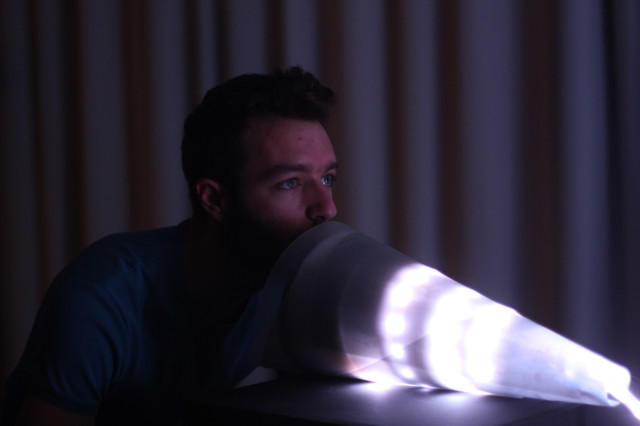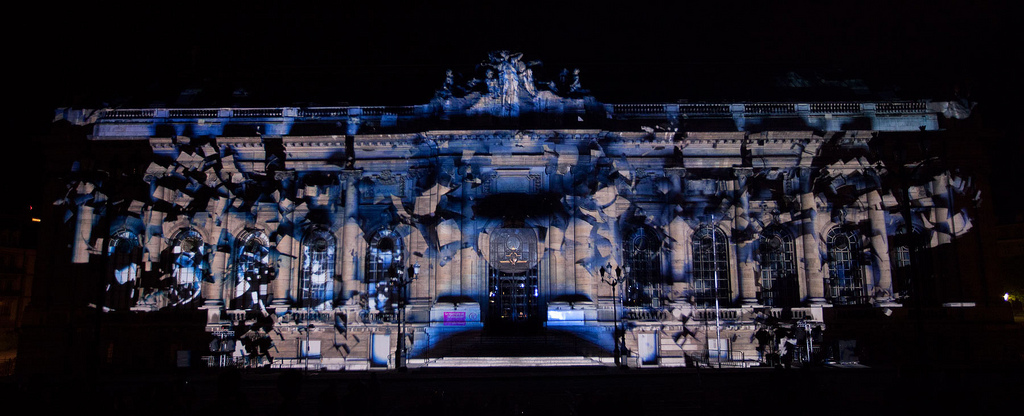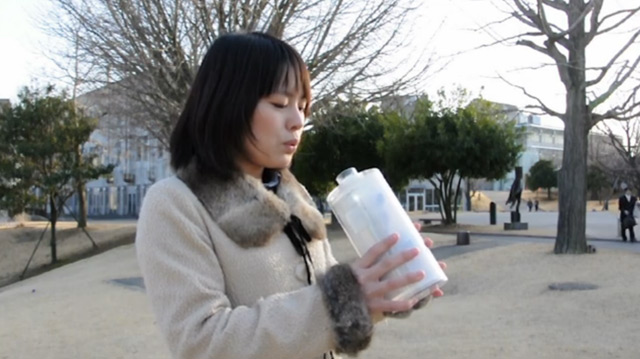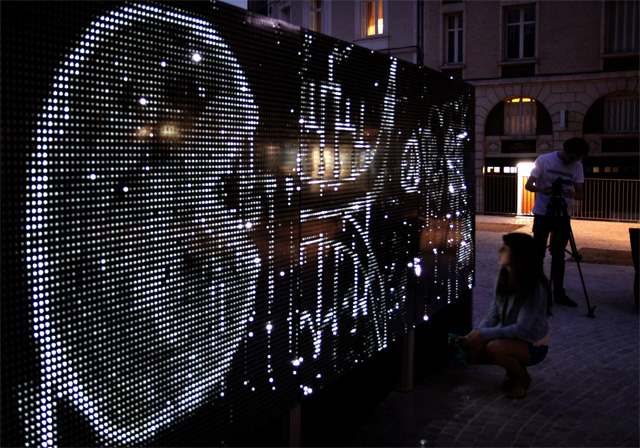So, a thread that, here at the studio, we believe is ripe for an explosion of innovation in both design and experience is
how we bring together the physical and digital worlds.
Many of our former blogs postings focus on this interplay. Since many of us who are part of the studio have science, design or engineering degrees, it makes some sense that we’d be intrigued by connections between the physical and the digital and how those connections might apply to a variety of future projects. Here are two new examples:
The first is Murmur created by Chevalvert, 2Roqs, Polygraphik and Splank.
What is interesting here is the physical connection between the visitor’s sound and the representation on the screen. The literalness and physicality of this connection create a strong response between the experience and the digital display. Additionally, visitors manipulate a digital display of information via a physical interface that is not one of the expected devices normally used (screen, mouse, keyboard, knob etc.).
.
This week’s second inspiration piece is the projection on the Museum of Art and History in Geneva created by Onionlab. This production is called Evolució
While projecting on a building is not new, what this projection does is actually use the surface, the museum, as the star of the show. The physical world makes the projection “sing.” Too often in exhibition design attention is paid only to the digital content being projected. Perhaps, instead, we should start from the other way around:
“Here we have a special physical object. How could a projection added to it create something new and transformative?”
What do you think? Where have you seen interesting interplay between the physical and digital worlds?
